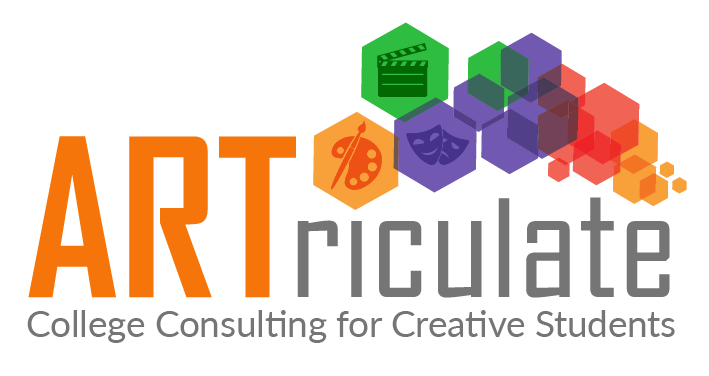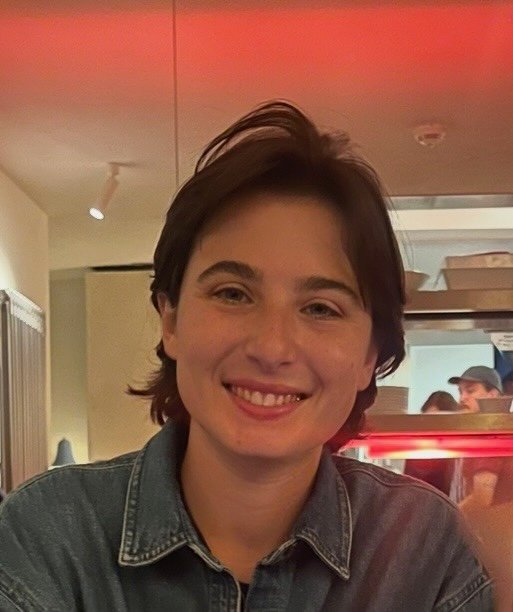Design with Intention. Tell Your Story.
Hi! I’m excited to meet you!
Every design student brings something distinct to their work — a way of thinking, seeing, and solving problems. I’d love to help you translate that into a portfolio that clearly reflects who you are as a designer.
Before we meet, take a moment to scroll down and see how this process works. You’ll get a sense of my approach, what I look for in portfolios, and how our first meeting helps you take the next step in your creative journey.
What Makes Art Coaching Different
Art coaching isn’t studio class—it’s focused, individualized portfolio development.
Architecture and design students often face a unique challenge: you have plenty of ideas, but need structure and clarity to show how those ideas connect. It’s easy to get caught up in visuals without communicating process, or to describe your work without showing your intent.
Coaching helps bridge that gap. I help you define your design story, refine your presentation, and build a portfolio that clearly reflects how you think — not just what you’ve made. Together, we focus on layout, hierarchy, and written descriptions that connect your visuals to your ideas.
How It Works
1. Upload your artwork
Before our meeting, please upload your artwork into the shared slide deck. I’ll review your materials ahead of time to understand your starting point and get a sense of your current direction.
If your work is not uploaded at least one day before our meeting, the appointment will be cancelled.2. Meet with me
Once your work is uploaded, schedule your introductory meeting. This conversation is about connection and fit—getting to know how you approach design, what your goals are, and how I can help you communicate your ideas more effectively.3. Next steps
If we both feel it’s a good fit, I’ll share you my art coach session calendar link so you can schedule your coaching sessions and begin developing your portfolio.
What Students Gain
Students I work with learn how to communicate their design process clearly—from initial concept to finished presentation. They gain confidence in explaining their work, connecting visuals with intent, and crafting portfolios that show both creativity and structure.
By application time, their portfolios not only demonstrate strong design ability—they tell a coherent story about how they think as designers.
Design with intention. Tell your story. Let’s build a portfolio that reflects how you think and create.
Book our introduction conversation here.
Matthew K., 12th grade
Coaching That Honors Your Design Process
Meet Abigail Zola, our Architecture & Design Coach,
Portfolio Specialist, and College Advisor
Abigail Zola
Architecture & Design Coach
Portfolio Specialist, College Advisor
Abigail Zola helps students bring structure, clarity, and meaning to their design portfolios. With a background that bridges architecture, research, and visual communication, she guides aspiring designers to present their ideas in ways that reflect both creative process and intentional design thinking.
Abigail earned her BFA in Interior Architecture from The Corcoran School of the Arts and Design at The George Washington University, where her capstone received the Juror’s Choice Award. She went on to complete her Master of Architecture with Honors at the Rhode Island School of Design (RISD). While at RISD, she worked in the Arts and Language Center helping students refine portfolios through layout design, visual hierarchy, and written project descriptions—experience that now shapes her coaching approach with college applicants.
Her graduate research explored how architecture influences emotional response to place. Through her thesis, “Emotional Contamination: Five Sites of Trauma in Berlin,” Abigail studied how spaces marked by history can be redesigned to acknowledge memory while inviting renewal. The project earned her the Fred and Maria Devinki Memorial Digital Humanities Fellowship from the U.S. Holocaust Memorial Museum.
Abigail’s design experience spans concept development, digital storytelling, and site-based analysis. She brings that same balance of rigor and empathy to her coaching—helping students connect their ideas to a broader design narrative and present work that feels authentic and complete.
Based in New York City, Abigail works as a freelance architectural designer and continues to explore how design, emotion, and storytelling shape the spaces we create and the portfolios that represent them.

